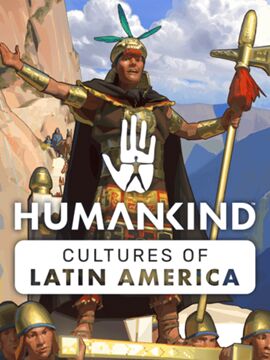Total War: WARHAMMER - Call of the Beastmen Europe Steam CD Key
Something stirs in the deep, dark forests of The Old World. Between the twisted trunks, the Beast lords grow restless with an all-consuming battle-thirst. They gather to them great Warheads of barbarous, bestial fiends, forged in the Time of Chaos; dark amalgams of human intelligence, animal cunning and raw, reckless ferocity. As The Beast men emerge from their woodland lairs, ten thousand hooves stamp in agitated union, and a foetid musk arises from the sea of matted fur. The bray of the battle-horns pierces the gloom, and beyond: from Bordeleaux to Ostermark, the Call Of The Beast men will be heard across The Old World! The Call of The Beast men Campaign Pack introduces the Beast men as a playable race to Total War: WARHAMMER. A feral, Chaos-tainted horde race, they move like a plague across The Old World, fielding half-human aberrations and colossal beasts in battle, many of which feature unique abilities. The Beast men are playable in the Grand Campaign, custom and multiplayer battles, and in their very own Story Campaign, An Eye For An Eye.









